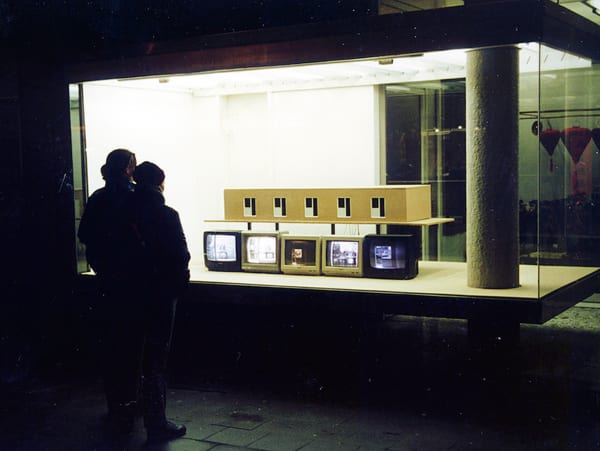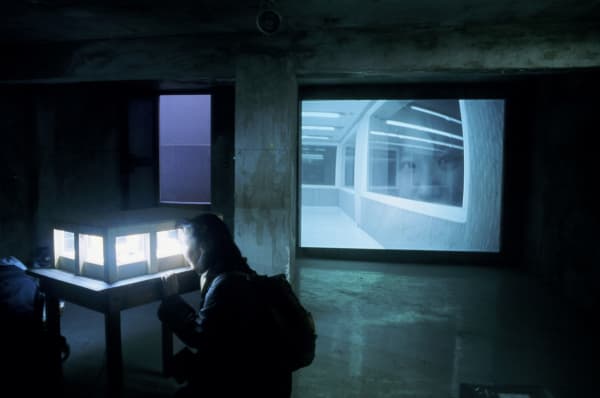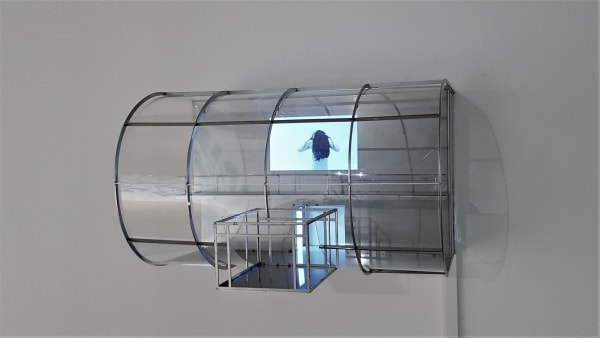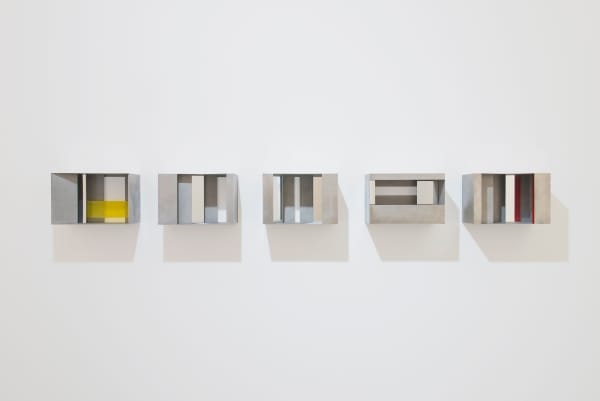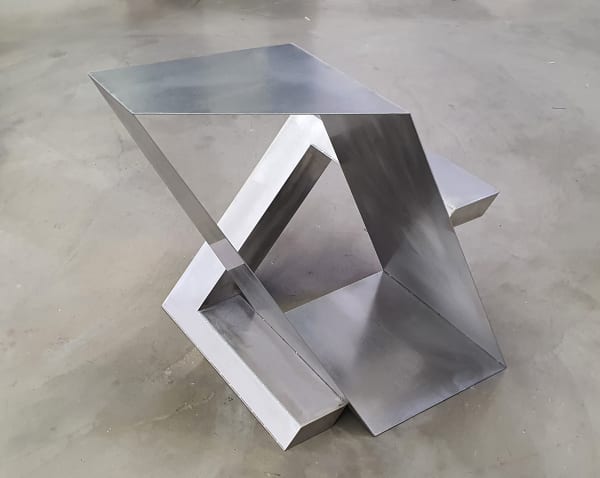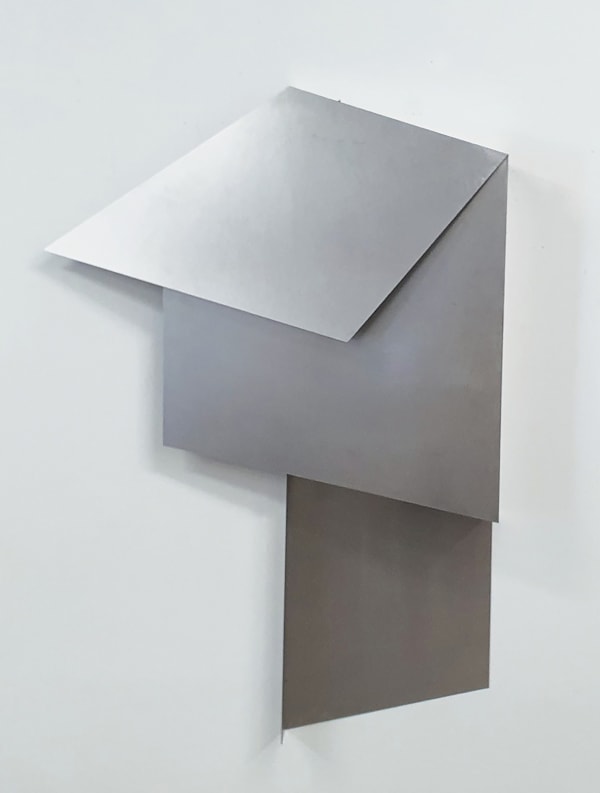Jeong jeong-ju
-
Jeongju Jeong explores the interaction between light and space through mediums such as sculpture and media installations. Light becomes a gaze toward a concrete architectural space and functions as a formative element with abstract space.
After majoring in sculpture at Hongik University in 1995, Jeongju Jeong attained the title of Meisterschüler under Professor Hubert Kiecol at the Kunstakademie Düsseldorf in Germany in 2002. He earned his Ph.D. in Art from Kookmin University in 2015 and has been a professor in the Sculpture Department at Sungshin Women’s University since 2012.
Early Years
Jeongju Jeong was born in Gwangju in 1970. On May 18, 1980, He personally experienced the Gwangju Democratization Movement. The memories of the uprising in his childhood are sensory experiences of burning cars in the streets, shattered glass, a paralyzed city, and the distant sound of gunfire at night.
His interest in light began during his unfamiliar student days in Germany. He recalls feeling terrified to the point of dizziness when a sharp beam of light invaded his small room. Afterwards, He started working with light that entered through windows, experimenting with the organic relationship between light and space through various mediums.
-
Exhibitions
-
-
Major Works
Works using architectural models and cameras
During his studies in Germany, Jeongju Jeong experimented with light entering through windows. He traced the shapes of light coming indoors as in "Light shape" (1998), reflected light to create different shapes, or turned sunlight coming through a window at a specific time into wooden structures (1998).
Later, in "schauhaus" (1999), He created an architectural model of his living space and used cameras and videos to visualize the gaze toward the architectural space. In "Dormitory" (2000), He made a model of a student dormitory, installed surveillance cameras inside, and showed the audience the video inside the space through monitors. The video shows the empty interior architectural space, and the audience wandering outside or looking inside, reflecting on the act of seeing and being seen. While expanding the meaning of light into a gaze, Jeong does not merely visualize light but draws out reflections on the act of seeing and the seen, subject and object.
Upon returning to Korea, He enlarged the scale of architectural models to visualize not only the interiors and exteriors of private spaces but also the structure and dynamics between surveillance and gaze in urban spaces. "Dukidong Rodeo Street" (2005), "Zenda Plaza" (2005), and "City of Gaze-Nagoya" (2007) represent parts of urban spaces in architectural model scales, while "Building" (2006) enlarges architectural models to human scale.
By focusing on specific places and architecture as subjects, his work extends to evoke the history and memories, past and present, of specific architectural spaces through the dynamics of gaze. "Jeonil Building" (2018), "(Former) Gwangju National Army Hospital" (2019), and "Sangmu Office" (2019) relate to buildings involved in the Gwangju Democratization Movement, and these works reflect on painful history as well as contemplation on history and the present.
-
-

Building (2006)
삼성미술관 Leeum (ArtSpectrum)Audiences wander between two long buildings filled with light. Cameras placed inside the model buildings capture the empty, light-filled interior spaces and the fleeting glimpses of spectators in the dark... -

Dormitory (2000)
정정주The model of dormitory is divided into five separate spaces, and each space has small toy car moving back and forward heading the window with a camera. The monitors show... -

Thermocline of Art-New Asian Waves
ZKM, Kalsruhe, Germany길이 350m 에 이르는 거대한 옛 공장 건물을 개조해 만든 ZKM 의 현관 입구를 들어서면 왼편으로 기획전이 열리는 전시장이 있고 , 오른 쪽으로는 Cafeteria 를 사이에 두고 미디어 극장 (Medientheater)... -

Living room (1999)
정정주I made small model of my house in Germany. A camera is located where a desk and a chair were. The camera takes the pictures of inside the model and... -

illusion (2010)
Kimchongyung Sculpture MuseumJeong-ju Jeong has spent most of his career creating works that explore the structure of contemporary buildings in compelling ways. Through the designs of contemporary architects such as Le Corbusier... -

Exhibiting 'Pleasure factory (2003)
시립미술관This model is made after the ‘Pleasure Factory’ exhibition hall which was the project exhibition of Seoul Museum of Art in 2003. Unfinished exhibits are placed inside the model, and... -

Seodaemun Prison (2019)
정정주This model is made for the exhibition in a prison which is used from Japanese imperial period to 1980's. The prison was the spot of historical events and still has... -

2003schauhaus
Gallery Sagan'보는 것’과 ‘보이는 것’ 사이의 상호작용 윤진섭(미술평론가/호남대 교수) Ⅰ. 실내에 하나의 책상이 있다. 그 위에는 박스 형태의 건물 모형이 놓여져 있고, 그 옆에는 평범한 의자 위에 TV 모니터가 얹혀져 있다.... -

ElectroSape
Shanghai Zendai MoMA, Sanghai, China -

Strange Visit
Project Space ZIP, Seoul, Korea집은 물리적으로는 사각의 구조물과 창문, 문으로 구성된 상대적으로 작은 규모의 공간이지만, 그 집의 내부에서 살아가는 사람들에게는 가족의 역사, 개인의 기억들과 감정들이 담기는 그릇이기도 하다. 강남의 신사동에 위치한 양옥집을 개조해 만든... -

City of Gaze
Plus Gallery, Nagoya, Japan호테이 전시장이 위치한 나고야의 호테이는 도시화되기 이전의 일본전통가옥들로 이루어진 지역이지만 2005 년 재개발이 확정되어 옛 건물들이 헐리고 , 그 자리에 새로운 주택과 상업 건물들이 들어서고 있다 . 100 년에 걸친... -

Light on the Move: 2019
Asia Culture Center, Gwangju, Korea자동차를 타고 어두운 공간을 빠르게 가로지르다 보면 어두운 밤 풍경 속에서 점점이 있는 집이나 가로등 불빛들이 지나간다. 어두움 속 빛들을 보며 서서히 각 빛들과 나와의 거리를 연상해 보게 된다. 그리고...
-
-
Video Works
Jeong's work continues to delve into the psychological space following the dynamics of gaze, surveillance, and issues of history and memory that arise from the interplay between light, gaze, and space.
"Lobby" (2010) combines videos of a person performing in an architectural model. Inside the transparent lobby building, the performer hides within one's interior, creating a subtle complex of vision and psychology. Jeong's video work sometimes borrows the form of his installation work. The 180cm tall piece "Susaek-ro Villa" (2010) is modeled after a military apartment and made using slate panels that reflect the interior and exterior landscape. Monitors installed in each room of the model building display videos interviewing the artist's acquaintances, filming their stress experiences and reactions.
"27 Rooms" (2017) displays various buildings in Seoul, separated by stainless steel grids into 27 compartments. The camera zooms in and out towards the windows, doors, and holes of the buildings. The interaction between light and space in concrete spaces extends to abstract spaces. In dealing with abstract spaces than real spaces, He starts to treat light and space as formative elements.
"Passage" (2016), "Nighthwaks" (2017), "Transfer" (2017), "Light in Room" (2018), "Schauhaus" (2019) are 3D animation videos created with architectural spaces of virtual or other paintings as motifs, capturing spatial and light movements, floating gazes, and sculptural changes made by light and shadow -
video work
-
Sculpture Works
Jeong's abstract formative experiments with light and space continue in the "Facade2017" (2017), "Facade2019" (2019), and "Facade" series. The "Facade" series are sculptures with cubic structures lined up side by side, each bearing various structures and color planes, abstracting the formative relationships between spaces and light.
Immersed in the interaction between light and space, Jeong aims to materialize light itself in the "Curved Lights" series (2021~), "Metaphysical Star" series (2021~), and others. His work, which began with an interest in light from his early experiences in Germany, seems to return to light itself.
For Jeong, light is both an 'abstract idea' and 'others.' It is transcendent, eternal, and a strange being that passes by the others around him, the social system, and the interior.
-
sculpture
-
Awards and Selections
Jeongju Jeong has participated in residency programs such as Ssamzie Studio (2003), National Goyang Studio (2006), and Seoul Art Space Geumcheon (2009), won awards such as Jungerwesten 2001 (Kunsthalle Recklinghausen, Germany), the Bergische Kunstausstellung (Museum Baden, Solingen, Germany), 2010 Artist of Today (2010, Kim Chong Yung Museum, Seoul), and was selected as a support artist by CJ Cultural Foundation in 2021.
Exhibitions
Jeongju Jeong has held several solo exhibitions since 2000 and participated in group exhibitions.
His major solo exhibitions include "Illuminate" (2021, Gallery Chosun, Seoul), "Illumination" (2020, Kunstverein Haus der Kunst Enniger, Münster, Germany), "Invisible Light" (2019, Gallery Chosun, Seoul), "Illusion" (2010, Kim Chong Yung Museum, Seoul), "City of Gaze" (2007, Plus Gallery, Nagoya, Japan), "InsideOut" (2007, Alternative Space Pool, Seoul), "inner brain" (2003, Gallery Brain Factory, Seoul), "Schauhaus" (2003, Gallery Sagan, Seoul), and others.
Key group exhibitions include "The Second Spring" (2022, Gwangju Museum of Art, Gwangju), " When the light comes out of the sun" (2021, Jeonnam Museum of Art, Gwangyang), "2020 Gwangju Media Art Festival" (2020, Asia Culture Center, Gwangju), "Time Reality" (2019, Coreana Museum of Art, Seoul), "Post88" (2018, Seoul Olympic Museum of Art, Seoul), "Young Vision, New Perspective" (2017, Busan Museum of Art), "Discovery of Space" (2016, Gyeonggi Museum of modern Art, Ansan), "The Future is Now" (2013, National Museum of Modern and Contemporary Art, Gwacheon), "Thismocline of Art-New Asian Waves" (2007, ZKM, Karlsruhe, Germany), "City net Asia 2007" (2007, Seoul Museum of Art, Seoul), "Art Spectrum 2006" (2006, Samsung Art Museum LEEUM, Seoul), "Electro Scape" (2005, Zendai Museum of Modern Art, Shanghai, China), and more.



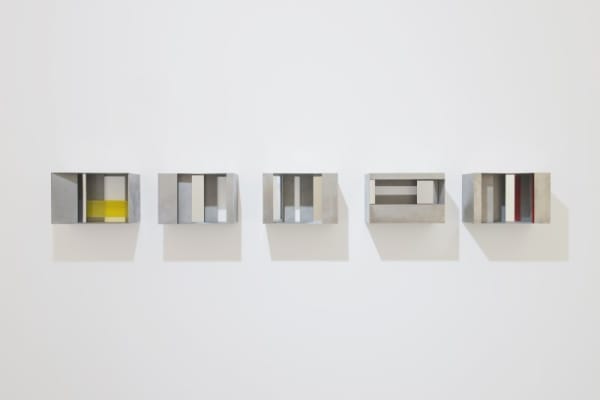


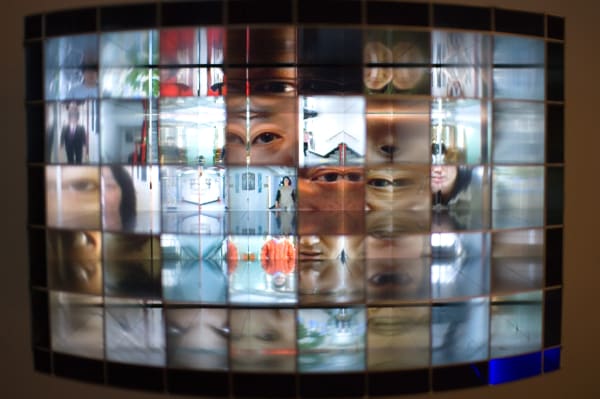

![[art fair] interview, 정정주](https://artlogic-res.cloudinary.com/w_600,c_limit,f_auto,fl_lossy,q_auto/ws-artlogicwebsite1960/usr/images/video_entries/main_image/37/j-interview.jpg)
![[메종 갤러리아] Lights of Shadow, 정정주](https://artlogic-res.cloudinary.com/w_600,c_limit,f_auto,fl_lossy,q_auto/ws-artlogicwebsite1960/usr/images/video_entries/main_image/47/jeong-ga.jpg)



